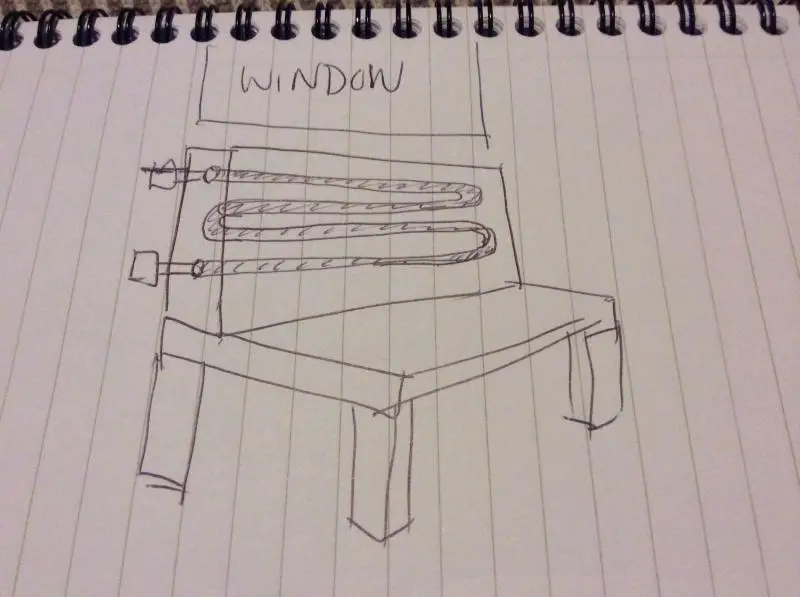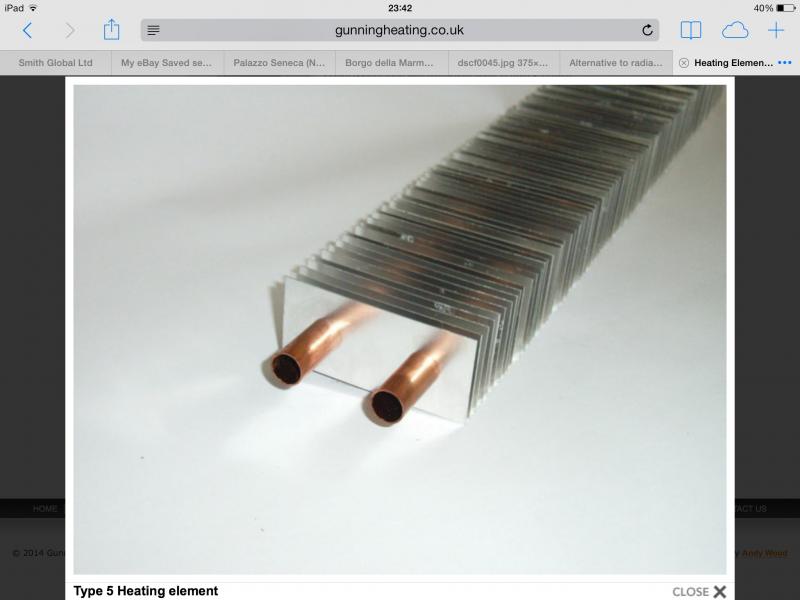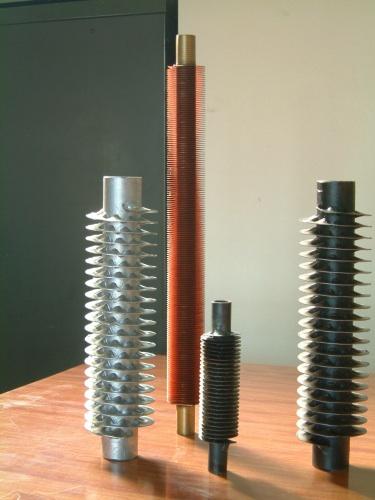Hello. I have a bench seat running under 3 windows. About 2 meters across, it gets a very cold down draught from the windows. I would like to put a radiator in behind the back of the seat but there is only 40mm clearance before I hit the outside wall.
Instead of trying to fit a slim line radiator into this difficult space, would it be ok just to lay copper piping back and forwards into the 40mm space between the bench and wall.
Is there a way of controlling this set up, like with radiator valves ?
Thanks!
Will
[/img]
Instead of trying to fit a slim line radiator into this difficult space, would it be ok just to lay copper piping back and forwards into the 40mm space between the bench and wall.
Is there a way of controlling this set up, like with radiator valves ?
Thanks!
Will
[/img]




